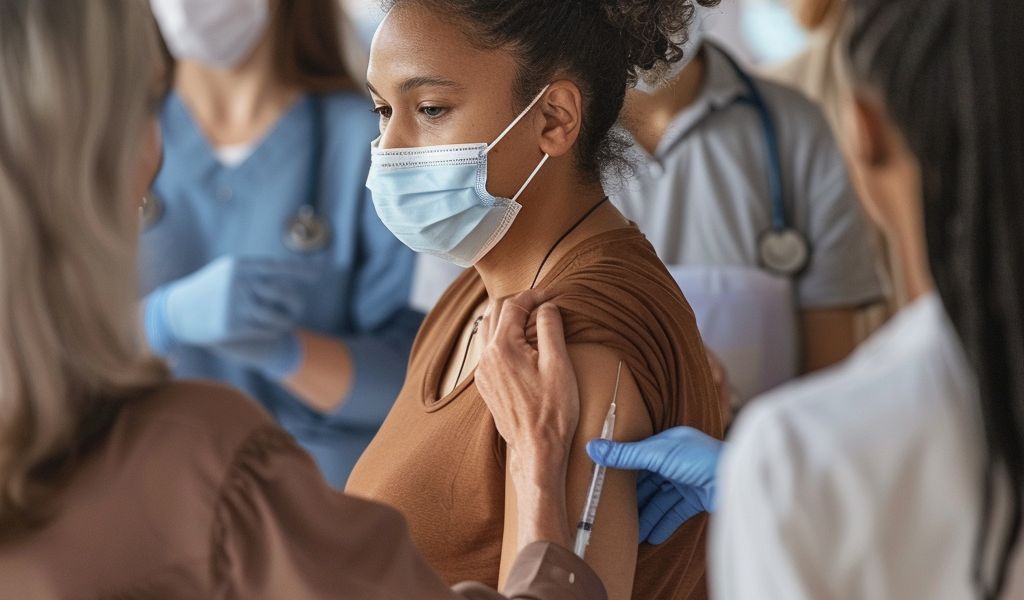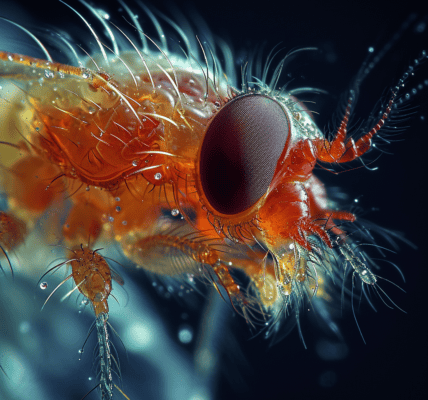Clark County in Washington has seen a significant rise in whooping cough cases, with numbers quadrupling compared to last year. Health officials are now urging residents to get vaccinated to prevent the spread of this highly contagious disease.
According to a recent release from the county, there have been over 60 cases of pertussis, commonly known as whooping cough, identified so far in 2024. Alarmingly, more than two-thirds of these cases are among individuals who have not been vaccinated. This marks a stark contrast to the 14 cases reported at the same time last year.
The surge in cases follows an initial advisory issued to healthcare providers in May when 22 cases were initially observed. Children under the age of 4 account for over half of the current cases, with 78% of them being unvaccinated.
Clark County Public Health is strongly recommending vaccination for all individuals, especially emphasizing the importance of pregnant women receiving the Tdap (tetanus, diphtheria, and pertussis) shot during their third trimester. This not only protects the mother but also provides immunity to newborns during their vulnerable first month of life.
Dr. Alan Melnick, the health officer and public health director of Clark County, highlighted the severity of whooping cough, particularly in young children. Complications can include pneumonia, seizures, brain damage, and even death, with a significant portion of infants requiring hospitalization.
Dr. Melnick emphasized the importance of timely vaccination, stating that infants should start receiving the vaccine at two months of age, followed by additional doses at four months, six months, and then again at four to six years. Pre-teens between the ages of 11 and 12 should also receive a dose to ensure protection.
While vaccinated individuals may still contract whooping cough, the severity of the illness is typically reduced. Vaccination remains the most effective method of preventing the disease and ultimately saving lives in the long run, with an efficacy rate of 73 to 98%.





